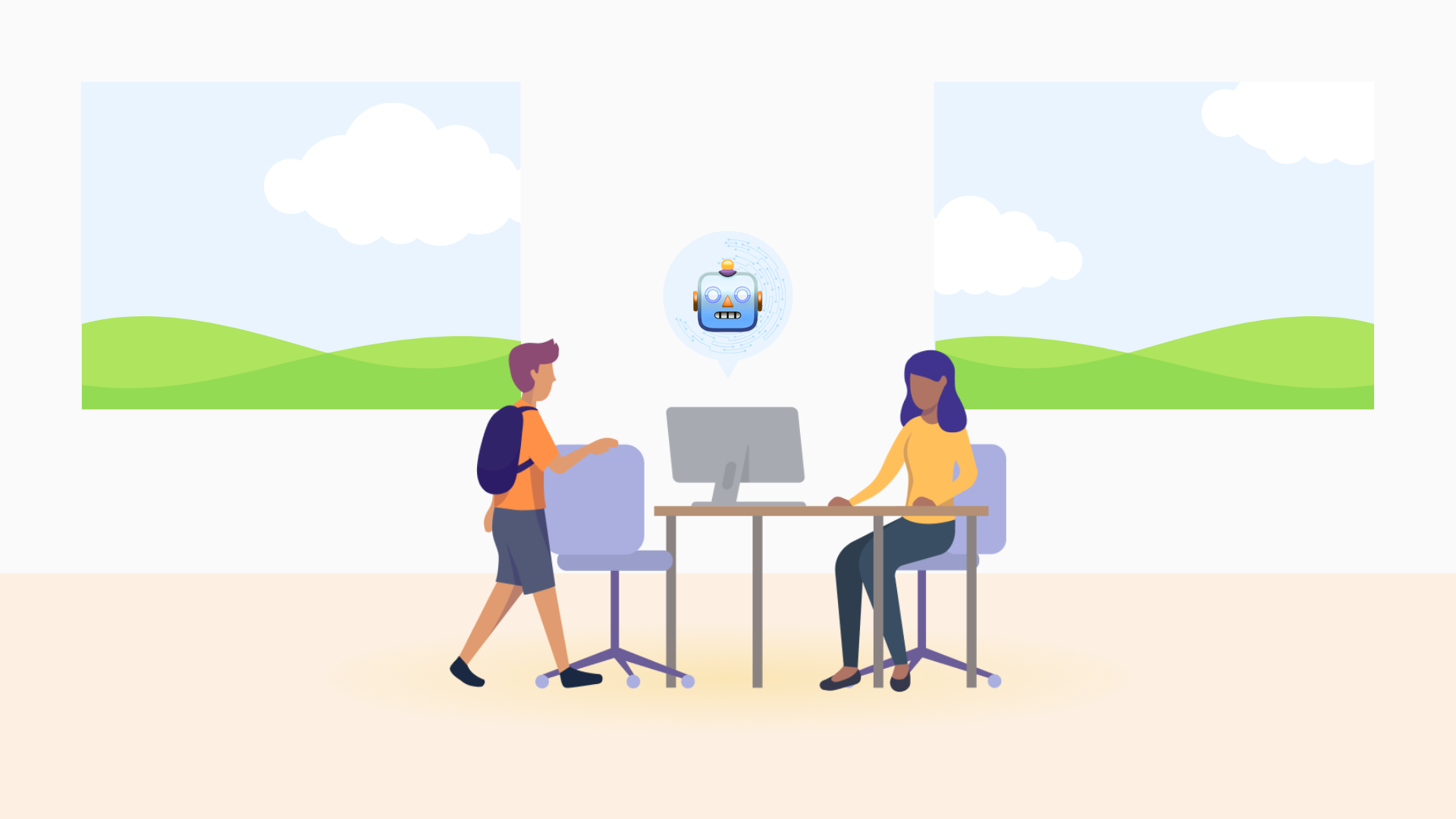Rethinking Support in the Age of AI
Students today are navigating a very different learning landscape than their professors did. Between mounting academic demands, work schedules, and a sea of digital tools, support systems need to meet students where they are and where they’re going. The rise of generative AI is reshaping how students study, stay organized, and manage their time. For many, these tools are less about cutting corners and more about keeping up.
But what’s often missing from the conversation is how AI intersects with human support. A recent Chronicle of Higher Ed feature captured the ways students are turning to AI not just for answers, but for explanations, study strategies, and motivation. In many cases, they’re trying to close gaps left by inaccessible professors, unclear materials, or limited time. And that’s where peer tutoring comes in.
Peer Tutors Know the Assignment
Peer tutors have long served as a bridge, helping students make sense of course content, navigate academic expectations, and feel less alone in the process. What makes peer support so effective isn’t just the knowledge being shared. It’s the shared experience, the relatability, and the real-time encouragement that helps students stay engaged and confident.
Now imagine pairing that with the efficiency and customization of AI. A peer tutor can help a student craft better prompts, evaluate AI-generated feedback, or integrate insights from tools like ChatGPT into their study plans. Instead of replacing tutors, AI becomes another tool in their kit: one they can help demystify for students who might be unsure where to start.
Building Career-Ready Skills Together
Learning how to use AI effectively isn’t just useful for getting through college. It’s quickly becoming a must-have skill for the workplace. From marketing to healthcare to finance, employers are looking for candidates who can leverage AI thoughtfully, not just use it passively. That means students who learn to use these tools collaboratively, through guided exploration with a peer, are ahead of the curve.
Peer tutoring sessions offer the ideal environment to build those skills. Tutors can model how to use AI for brainstorming or revision. They can co-analyze content for accuracy. They can help peers make decisions about when tech is helpful and when it falls short. In the process, both tutors and tutees gain confidence using tools they’ll likely encounter again after graduation.
A Future That’s Both Tech-Savvy and People-First
There’s no doubt AI is changing how students learn. But human connection still matters. In fact, students in the Chronicle article expressed mixed feelings about relying too much on AI. Many still crave feedback from real people, collaboration with classmates, and opportunities to feel seen and supported.
That’s the opportunity in front of us. By combining the strengths of AI with the relational power of peer tutoring, institutions can offer a model of support that’s both forward-looking and deeply personal. It’s not about choosing between tech and touch. It’s about building systems that do both, so every student feels equipped for what comes next.
Want to explore how your campus can integrate peer tutoring and AI literacy into one powerful model? Set up a conversation with our team at joinknack.com. We’d love to hear what you’re working on—and share how Knack can help.
